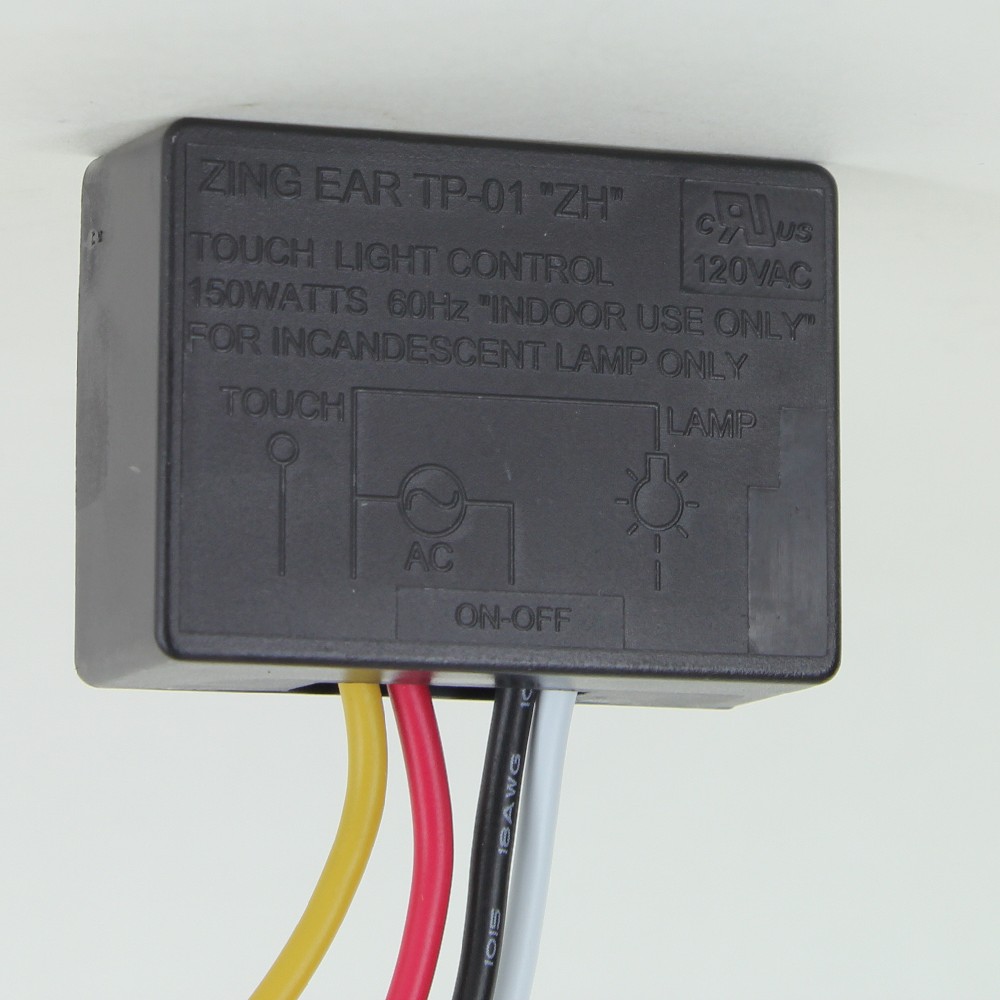Answer
Jan 17, 2025 - 07:16 AM
The On-Off Touch Light Control you mentioned is rated for incandescent bulbs and typically designed for use with them. Many touch control switches like this one are not compatible with LED bulbs without issues. Here's why:
-
Power Requirements: Incandescent bulbs use a lot more power than LEDs, and the circuitry in the touch control switch is designed to handle the power needs of incandescent bulbs. LED bulbs draw much less power, which can result in erratic behavior such as flickering, not turning on/off, or failure to work altogether.
-
Electrical Characteristics: Incandescent bulbs have a simple resistive load, whereas LEDs are electronic and may require specific controls or dimmers that are designed for their low power consumption.
Trailing edge dimmers are better suited for LED lights because they are designed to reduce the amount of electrical noise and voltage spikes that can damage or reduce the lifespan of LEDs. Trailing edge dimmers use a method of dimming that gradually reduces the amount of power supplied to the LED, resulting in a smoother and more gradual dimming effect. This is in contrast to leading edge dimmers, which use a method of dimming that abruptly cuts the power supply to the LED, causing electrical noise and voltage spikes that can damage or reduce the lifespan of the LED.
 Grand Brass Lamp Parts, LLC
Grand Brass Lamp Parts, LLC

